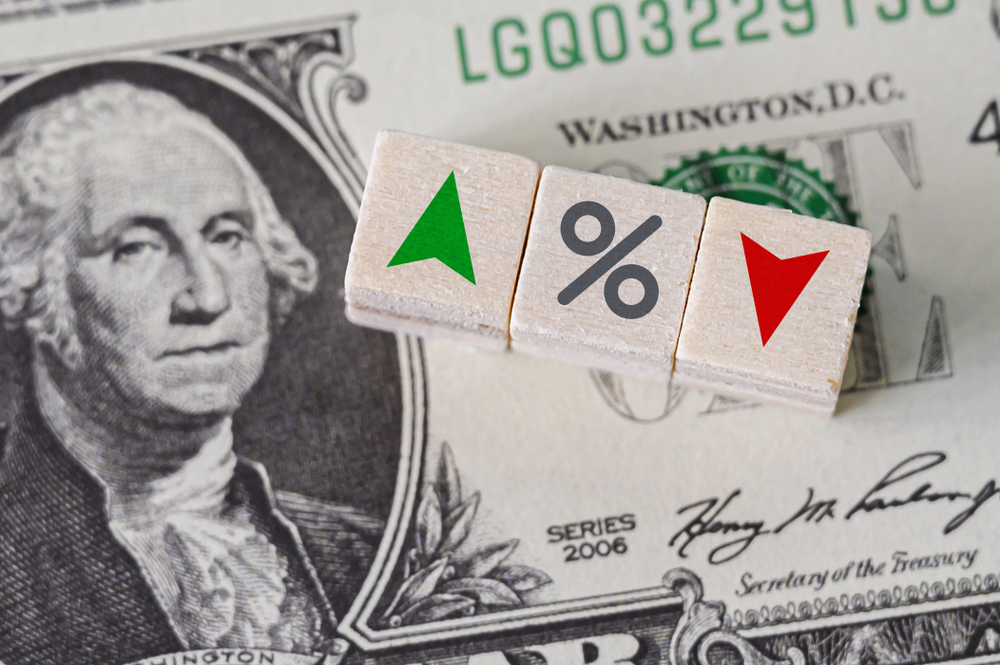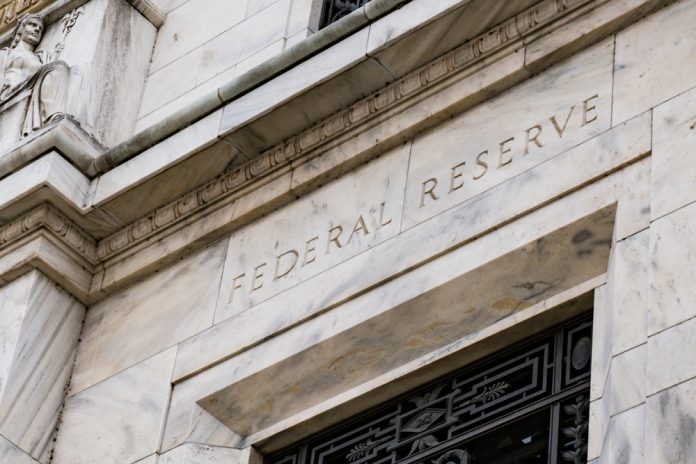If you were on the sidelines hoping for a Federal Reserve rate cut today, I’m sorry to say, it didn’t happen. The Fed just announced it’s leaving interest rates unchanged for the fifth time this year, and as you can imagine, it’s already making headlines across the financial world.
Whether you’re a homeowner, investor, or someone keeping an eye on inflation, this news affects you. Understanding why the Fed held steady instead of slashing rates can give you a better idea of what to expect in the months ahead.
In this article, we’ll break down where rates stand, why Jerome Powell and the Fed didn’t move forward with rate cuts, the growing divide inside the central bank, what it means for your wallet, and how politics may be creeping further into monetary policy decisions.
Where Interest Rates Stand Now
The Federal Reserve has kept its key short-term interest rate at approximately 4.3%. That’s the same level it’s held since the last round of rate cuts in 2024. Many market watchers were expecting the Fed to begin cutting again this summer, especially given the growing political pressure to do so. But Powell and the majority of Fed officials opted to stay put.
This decision came despite repeated public calls from President Donald Trump urging the central bank to implement further rate cuts. Trump has argued that lower borrowing costs would help strengthen the economy heading into the election season. So far, Powell isn’t budging — and that’s fueling a fresh round of tension between the White House and the Fed.
At the heart of this standoff is a difference in economic priorities. The administration wants to juice the economy. The Fed wants to keep inflation under control. With both sides sticking to their positions, a policy tug-of-war may be playing out in real time.
Why the Fed Held Back on Rate Cuts
During his post-meeting press conference, Fed Chair Jerome Powell pointed to one key concern: inflation. Specifically, he noted that tariffs on imported goods are starting to push prices higher, and the central bank isn’t sure if this inflationary bump is temporary or long-lasting.
As Powell explained, “That is a risk to be assessed and managed.” In simple terms, the Fed is stuck between two difficult outcomes. Cut rates too soon, and they risk making inflation worse. Wait too long, and the job market could take a hit. It’s a balancing act with no easy answers, and Powell made it clear the Fed doesn’t think the time is right to cut.
One key detail is that Powell avoided giving any firm guidance about the Fed’s next move. Markets had been hoping for some indication that a rate cut could come in September. But Powell said plainly, “We have made no decisions about September.” That uncertainty is already rippling through global markets.
The Fed’s cautious stance is rooted in a desire to avoid past mistakes. Slashing rates too aggressively could set off another wave of inflation — something the Fed has worked hard to tame. And with inflation still hovering above its 2% target, Powell is in no rush to make a move.
A Growing Divide Inside the Fed

This week’s decision wasn’t unanimous. In fact, it revealed a rare internal divide. Two Fed governors — Christopher Waller and Michelle Bowman — voted in favor of cutting rates. That marked the first time in over thirty years that two Washington-based Fed governors openly dissented in support of rate cuts.
The other nine officials, including Powell, chose to keep rates steady. Governor Adriana Kugler was absent from the meeting, which made the divide even more visible. While not yet a full-blown rift, this internal split shows that the Fed’s path forward is anything but certain.
Disagreements like this aren’t unusual, but they do suggest rising tension about how best to handle the current economic climate. Some members clearly believe the Fed should act now to prevent an economic slowdown. Others argue that inflation is still too high to justify any easing of monetary policy.
These divisions are worth watching. If more members start shifting toward favoring rate cuts, Powell may find it harder to keep consensus around holding steady. And as we approach the next rate decision in September, expect to see even more debate about the Fed’s direction.
How No Rate Cuts Affect You
If you’re planning to buy a house, lease a car, or pay off high-interest credit card debt, the Fed’s decision to hold rates matters. When rate cuts happen, borrowing gets cheaper. That means lower mortgage rates, lower auto loan interest, and even slightly better terms on personal loans.
But without any rate cuts, all of those things stay expensive. Fixed mortgage rates may remain above 7%. Credit card interest charges will stay painfully high. And for businesses trying to finance growth, this environment means higher borrowing costs for longer.
Many had hoped that by September, the Fed would deliver at least one rate cut. But Powell’s tone poured cold water on that idea. His statement — “We have made no decisions about September” — was enough to send major stock indexes like the S&P 500 and Dow Jones into negative territory for the day.
Whether you’re an investor or an everyday consumer, this delay in rate cuts translates to uncertainty. That uncertainty can slow down spending, stall investment, and even shake confidence in the economy — all without a single rate increase.
The Bigger Picture: What’s Really Going On?

Zooming out, this decision reflects a complex and uneasy moment in the U.S. economy. Inflation is down from its 2022 highs but still hasn’t returned to the Fed’s 2% target. Meanwhile, the labor market — once blazing hot — is starting to cool. In June, the U.S. added just 74,000 jobs (not counting government hiring).
At the same time, new tariffs and ongoing supply chain issues are pushing prices higher in key sectors. That’s the kind of inflation the Fed can’t control directly, which makes its job even harder. Rate cuts could help consumers and stimulate growth, but they also risk adding fuel to the inflation fire.
Some economists are betting the Fed will start cutting by December, especially if inflation data improves and the job market softens further. But others believe political pressure is going to ramp up — particularly from Trump — which could make things messy.
Powell’s current term runs through May 2026, so he doesn’t have to worry about reappointment for now. Still, the rising political heat may test his ability to keep the Fed independent and data-driven. And if the economy starts showing signs of deeper weakness, the Fed could face tough choices ahead.
Final Thoughts
The Federal Reserve has decided to hold its ground — at least for now. That means no rate cuts this summer, no relief for borrowers in the short term, and more uncertainty about what’s coming next.
All eyes now turn to the September meeting. A lot can happen between now and then, especially if inflation data improves or the job market softens further. Until then, the Fed’s cautious stance will likely continue to weigh on markets, businesses, and everyday borrowers alike.

